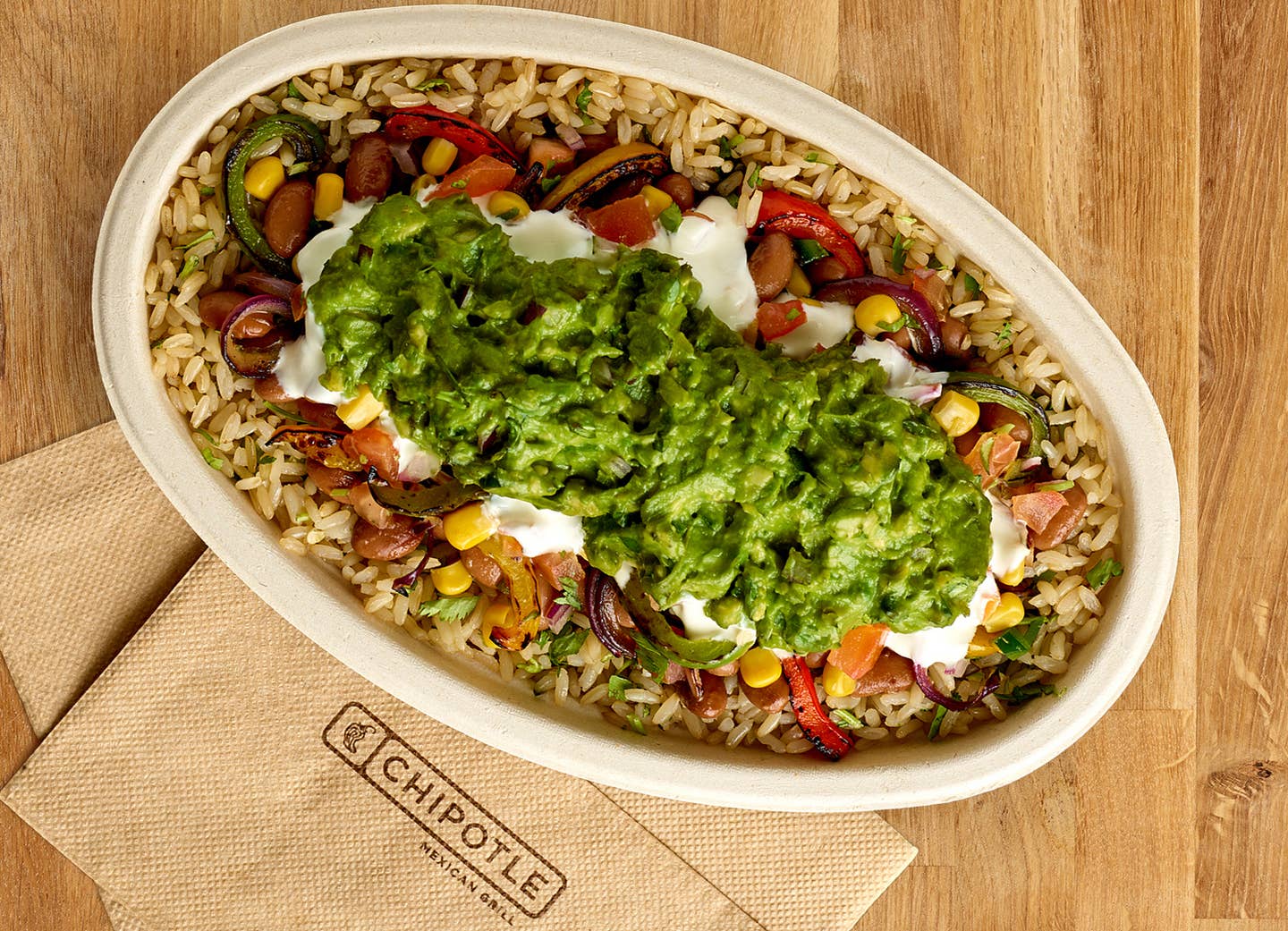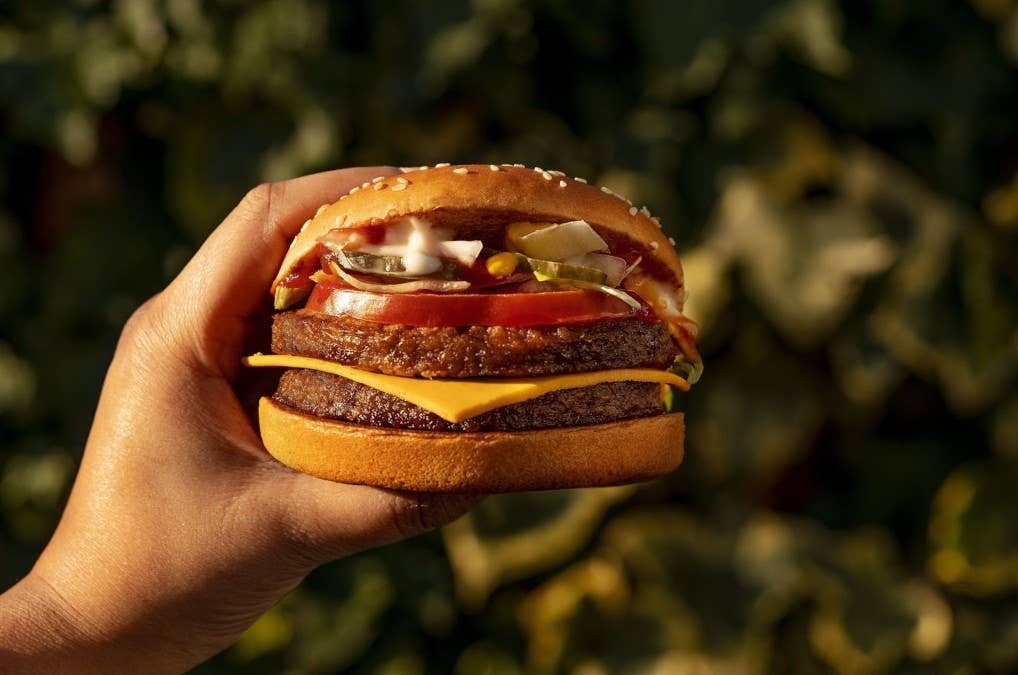
This Company is Making Plant-Based Oysters in a Biodegradable Shell
Americans love their oysters, but satisfying the coastal cities comes at a high price for the oceans’ delicate ecosystems. Currently, Americans eat approximately 2 billion oysters every year, and although plant-based diets continue to increase in popularity, danger to the depleted oyster reefs is urgent. Pearlita Foods just announced that its new cell-cultured plant-based oyster will satisfy the coastal Americans' craving for the seafood delicacy without harming the planet at all.
Pearlita Foods’ prototype oyster replacement is created using specialized plant-based and cell-based technologies to replicate the taste and texture of conventional seafood. The hybrid plant-based and cell-based oyster is made with a mushroom and seaweed base that’s flavored with a proprietary flavor mix that emulates the desired salty ocean taste. To give consumers the full experience, the company will also create biodegradable oyster shells before its commercial debut.
Pearlita joins a growing list of companies tapping into the alternative seafood market, specifically addressing ocean-based delicacies such as mussels and oysters. This hybrid product is the first edition of the company’s product selection. Pearlita intends to develop a fully cultured oyster as its perfects its current recipe and production process. These cultivated oysters use isolates from oyster tissues. Each sample can create thousands of oysters.
Currently, the startup is preparing to showcase its innovative food product. The cultured oysters will be the case in recycled oyster shells for these tastings. Pearlita is also helping build new oyster reefs, offering shell disposal centers in North Carolina, where the company is based.
This April, Pearlita secured investment from CULT Food Science to help scale up its production. Since then, Pearlita has used the funding to complete its prototype oyster and begin its campaign to protect the ocean’s fragile ecosystems. This funding will also help the company develop its scallop and squid products.
“We are impressed by and proud of Pearlita’s successful production of its first cultivated oyster prototype. Pearlita’s commitment to making the world a better place and doing its part to increasing the world’s food security is encouraging as we possess the same goals,” Chief Executive Officer of CULT Lejjy Gafour said in a statement. “Pearlita is taking great steps to advance the production of cultured seafood on a mass scale. We are energized by the positive contributions that their team is making to the cellular agriculture industry.”
Overfishing Destroying the Oceans
Pearlita’s mission is to rehabilitate the ocean ecosystems that fall victim to overfishing and overconsumption. Nearly 85 percent of wild oysters are gone from the ocean due to widespread overfishing, threatening the balance of several ecosystems and harming the ocean. By reducing overfishing with plant-based or cell-based alternatives, the oceans can return to their healthy balance, but continued oyster consumption will lead to irreparable damage to those ecosystems.
Last March, the filmmakers responsible for Cowspiracy – the documentary that looked at the environmental risks of factory farming – released a film exposing the dangers of the global seafood industry called Seaspriacy. This documentary revealed the gritty, harmful underbelly of the fishing industry. The documentary notes that fishing is responsible for 46 percent of the Great Pacific Garbage Patch. At the current rate of fishing, the filmmakers claim that the oceans will possibly be empty by 2048.
Eating fish and seafood also presents serious risks to human health. This June, Cancer Causes published a study that found that the risk of developing melanoma is 22 percent greater for those who eat the most fish in their diets.
What You Should Eat Instead
Pearlita Foods is entering a rapidly growing seafood market. Currently, the plant-based fish market is expected to surpass $1.3 billion by 2031 – a significant jump from the $116 million that vegan seafood companies secured halfway through last year. Other companies have started developing innovative plant-based seafood products including vegan sashimi, crab cakes, and caviar.
For the best plant-based seafood products, check out The Beet Meters!
You may think iron is synonymous with meat, and while animal protein certainly has it, that doesn’t mean you can’t get enough iron if you eat a mainly plant-based diet. In fact, you can, if you know the right foods to choose and how to pair them. The daily recommendation from the National Institutes of Health (NIH) for iron intake is 18 milligrams (mg), but not all iron sources are created equal. Here’s what plant-based eaters need to know about iron and which iron-rich foods are best to help reap the benefits.
1. White Mushrooms
1 cup cooked = 3 mg iron (17% daily value (DV))\There are many reasons to eat mushrooms on the regular, but their meaty texture (try a Portobello cap as a meat replacement for a burger!) and ample protein are two of the highlights. Add them to your stir-fry, tacos, or even instead of meat in a faux Bolognese sauce.
2. Lentils
1/2 cup = 3 mg iron (17% DV)You don’t need to eat a huge serving of lentils to get a hearty dose of iron. Just a half-cup provides close to 20% of the iron you need in a day. Just like mushrooms, lentils have a meaty texture that works well in burgers, tacos, or grain bowls.
3. Potatoes
1 medium potato = 2 mg iron (11% DV)The poor potato has gotten such a bad rap. Fear of this carb-rich spud is unwarranted because it’s actually an affordable and delicious source of iron and potassium. So go ahead and have that hash, baked potato, or potato soup and leave the skin on for some added fiber.
4. Cashews
1 ounce = 2 mg iron (11% DV)Most nuts contain iron, but cashews are a standout because they have less fat than some of the other nuts. One ounce of cashews (about 16 to 18 nuts) has 160 calories, 5 grams of protein, and 13 grams of fat. Add a handful of cashews to smoothies, soups, or sauces for some extra creaminess.
5. Tofu
½ cup = 3 mg (15% DV)Not only does tofu have plenty of protein and calcium, but it’s also a good source of iron. It’s very versatile and takes on the flavor of any sauce or marinade, making it a great meat substitute.Keep in mind that you can easily get the iron you need from a plant-based diet.
More From The Beet






